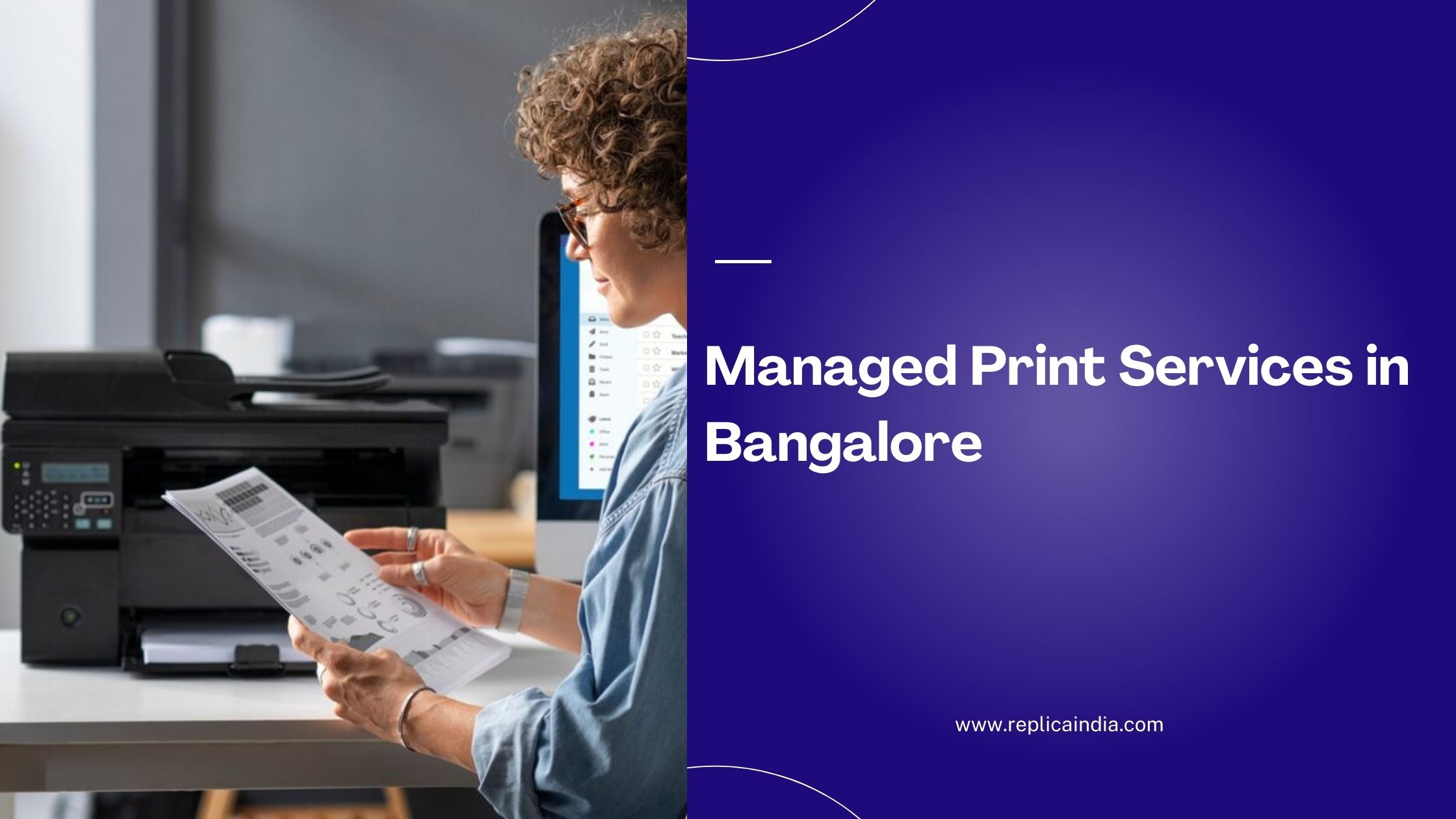
Introduction:
In recent years, the printing industry has undergone a significant transformation, not only in terms of technological advancements but also in its commitment to sustainability. As environmental concerns continue to escalate, printing companies are embracing eco-friendly practices and innovative solutions to minimize their impact on the planet. At Replica Xerography, we’re proud to highlight seven ways the printing industry saving planet.
How Printing Industry Saving Planet
1. Eco-Friendly Materials:
One of the most noticeable shifts in the printing industry is the widespread adoption of eco-friendly materials. Traditional printing processes often relied on paper sourced from unsustainable forestry practices, contributing to deforestation and habitat destruction. However, modern printing companies are prioritizing the use of recycled paper and environmentally certified paper products.
By choosing eco-friendly materials, printing companies reduce their carbon footprint and support responsible forestry practices. Recycled paper requires fewer resources to produce and helps divert waste from landfills, making it a sustainable choice for environmentally conscious businesses and consumers.
2. Energy-Efficient Technologies:
Advancements in printing technology have led to the development of energy-efficient printing equipment that consumes less power and produces fewer emissions. Energy-efficient printers, copiers, and presses utilize innovative technologies such as LED curing, which reduces energy consumption during the printing process.
Additionally, printing companies are implementing energy-saving measures within their facilities, such as upgrading to energy-efficient lighting systems and optimizing equipment usage to minimize energy waste. By reducing energy consumption, printing companies not only lower their operating costs but also decrease their environmental impact, contributing to overall sustainability efforts.
3. Digital Printing and On-Demand Production:
Digital printing technologies have revolutionized the printing industry by offering more sustainable alternatives to traditional offset printing methods. Digital printing eliminates the need for printing plates, reduces setup times, and allows for on-demand production, minimizing waste and excess inventory.
With on-demand printing, businesses can print only what they need, when they need it, reducing the risk of overproduction and eliminating unnecessary waste. This approach not only conserves resources but also enables more efficient supply chain management, leading to cost savings and environmental benefits.
4. Chemical-Free Printing Processes:
Traditional printing methods often involve the use of harmful chemicals and solvents, posing risks to both human health and the environment. However, the printing industry is increasingly adopting chemical-free printing processes that prioritize safety and sustainability.
Many printing companies now utilize eco-friendly inks and toners derived from renewable resources, such as soy-based or vegetable-based formulations. These alternative inks produce vibrant prints without the harmful emissions associated with traditional petroleum-based inks, making them a safer and more environmentally friendly option.
5. Waste Reduction and Recycling:
Efforts to minimize waste generation and maximize recycling are central to the printing industry’s sustainability initiatives. Printing companies are implementing waste reduction strategies at every stage of the printing process, from design and prepress to printing and finishing.
By optimizing layouts and nesting designs, printers can minimize material waste and maximize the use of available resources. Additionally, recycling programs for paper, cardboard, plastics, and other materials ensure that waste is diverted from landfills and repurposed for future use.
6. Sustainable Packaging Solutions:
In addition to printed materials, the printing industry plays a vital role in the development of sustainable packaging solutions. As consumers demand more eco-friendly packaging options, printing companies are innovating to meet these needs while minimizing environmental impact.
From recyclable and biodegradable packaging materials to compostable films and coatings, printing companies are exploring a range of sustainable packaging alternatives. By prioritizing materials that are renewable, recyclable, and biodegradable, the printing industry is helping to reduce waste and promote a circular economy.
7. Environmental Certifications and Compliance:
To demonstrate their commitment to sustainability, many printing companies pursue environmental certifications and adhere to industry standards and regulations. Certifications such as Forest Stewardship Council (FSC) and Sustainable Forestry Initiative (SFI) ensure that printed materials are sourced from responsibly managed forests.
Additionally, compliance with environmental regulations, such as those set forth by the Environmental Protection Agency (EPA) and Occupational Safety and Health Administration (OSHA), ensures that printing facilities operate in an environmentally responsible manner. By meeting these standards, printing companies uphold their environmental responsibilities and inspire trust among customers who prioritize sustainability.
Conclusion:
As concerns about climate change and environmental degradation continue to grow, the printing industry saving planet is stepping up to the challenge by embracing sustainable practices and innovative solutions. From eco-friendly materials and energy-efficient technologies to waste reduction and recycling initiatives, printing companies are leading the way in saving the planet.
At Replica Xerography, we’re committed to promoting sustainability within the printing industry and beyond. By highlighting the seven ways printing companies are making a positive impact on the environment, we hope to inspire others to join us in our efforts to create a more sustainable future for generations to come. Together, we can harness the power of print to protect the planet and preserve its beauty for future generations.




